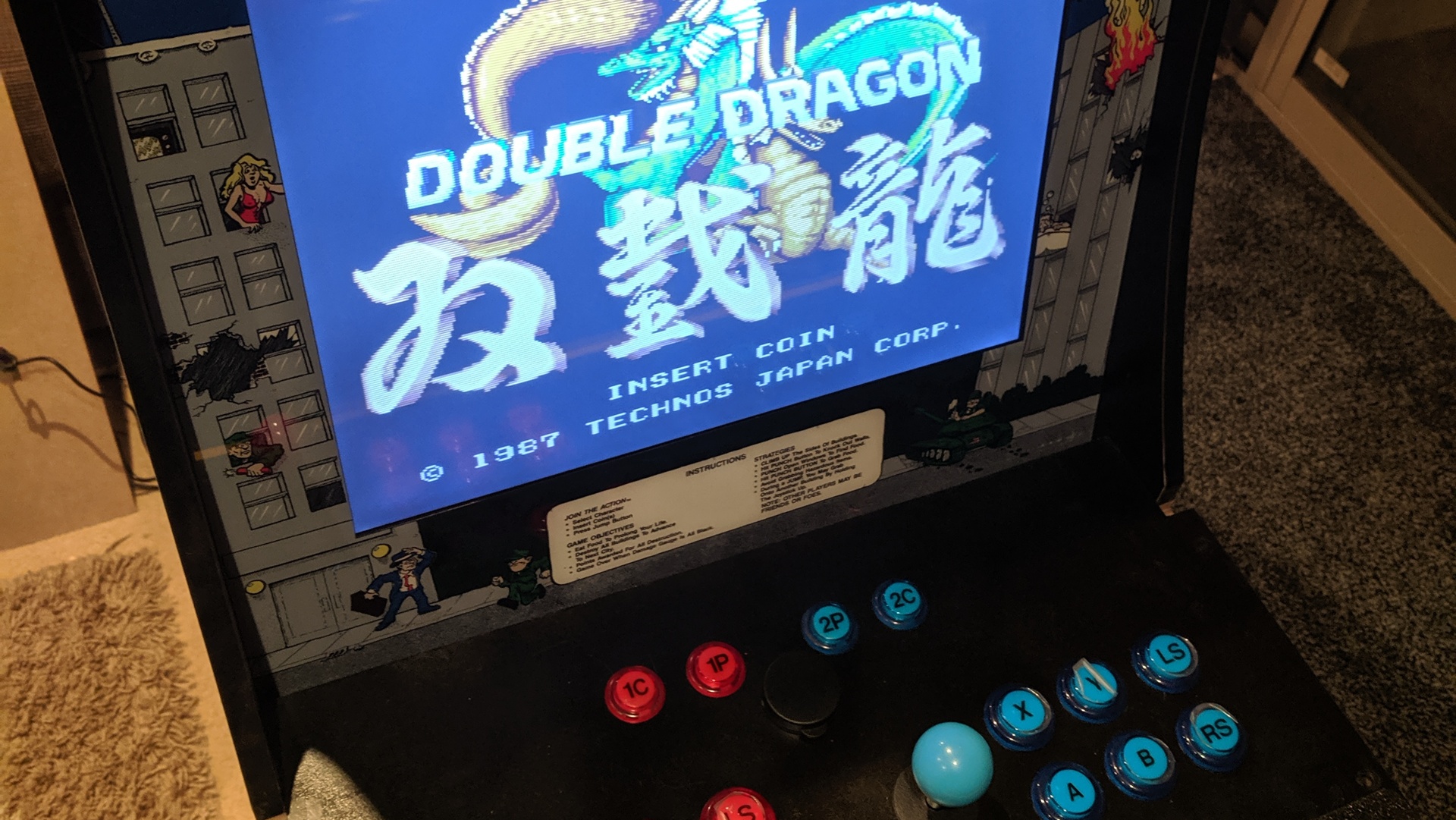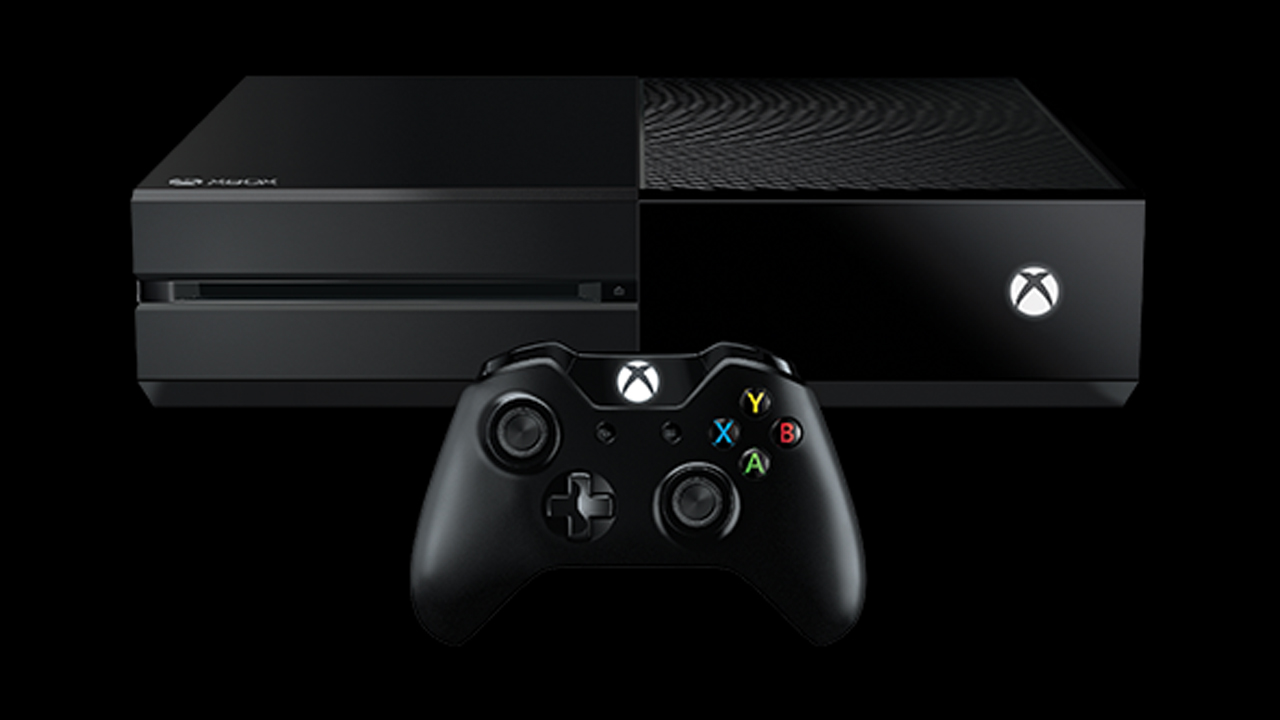
Early NES game boxes were reminiscent of the game graphic style used by Activision on their 2600 titles.
It’s almost impossible to not have discussions about video games without mentioning Super Mario Bros. – a game that helped introduce the Nintendo Entertainment System to the world while also achieving the (almost) impossible task of revitalising console gaming in markets still burned by 1983’s video game crash.
Fresh off his successes with Donkey Kong (1981) and Mario Bros. (1983), Nintendo’s Shigeru Miyamoto was at the beginning of a winning streak that thirty years later continues to make him a creative force to be reckoned with. And it was with Super Mario Bros. (1985 Japan & USA, ’87 for Europe and Australia) that his reputation would be cemented and would help Nintendo take over the world.
Designed by Miyamoto and Takashi Tezuka, the game was part of Nintendo’s focus on developing new “athletic” games and was originally planned to close out the Famicom (Japan’s version of the NES) in favour of the upcoming Famicom Disk System. However you could perhaps say that with the game’s success around the world it likely helped to extend the use of cartridges in consoles significantly.
At the time of the video game crash, many in Australia had followed Europe in transitioning to computer systems such as the Commodore 64 as these had a steady supply of great games to keep players occupied. Consoles were still a curiosity… unless it were an Atari 2600. Some European developers at the time though saw those early signs of Nintendo’s success and tried to emulate their winning designs in their own products. In the case of The Great Giana Sisters a certain amount of notoriety was created as result of its obvious inspiration. But soon enough players would embrace the convenience of console gaming and Mario would become its biggest standard bearer.
My most memorable moment with the game was surprisingly recent. I remember sitting down with my wife in front of our new Nintendo Wii, checking out the eShop and picking up Super Mario Bros. immediately as I knew she loved the game. We spent a lot of time after that playing through worlds… though it was more me watching her channel twenty years of gaming memories and plow through worlds, secrets and all. For someone who said they weren’t into games, she is scarily good at this.
And for a game that may be considered ancient now, there is still much here that represents some of the best elements of good game design. World 1-1, the area which the player first encounters when they start the game, has often been praised for its ability to teach the player the basics of the game in a fashion which it demonstrates so effectively by action and not words it borders on genius. Seeing both Miyamoto and Tezuka explain the process in the video below as if were only done yesterday is as much an insight into the minds of these two designers as it is insight into the game itself:
And even then that same world also contains the first of many hidden areas which gave players a chance to skip past a few levels. In other words: it is more than just a tutorial and will reward the more observant players.
As someone whose early exposure to early platform games was via computers, it was a surprise to me just how advanced the controls in Super Mario Bros. were in comparison. Take a previously mentioned game here in Impossible Mission where the controls were very direct and in the case of jumping, once you committed there was no way out which sometime made tricky jumps frustrating.
When Mario made his appearance in Japan only a year later, his movement not only had an additional degree of fluidity and momentum but there was a forgiveness that gave players that little bit of extra control even when jumping. You could still just as easily screw up your timing when traversing worlds but there was enough room to manoeuvre that it could keep you in the game.
You can see the importance of great controls continues to influence games in the genre even today. My current favourite is Rayman Legends and it excels not just because of its looks but also in how the controls work for the player. It’s a template that is clearly inspired by Mario and is a better game for it.
But even with the many innovations the game brought in its design and mechanics, what usually springs to my mind when anyone mentions the game is Koji Kondo’s main theme for the game, which you immediately hear from the beginning of the game. It’s cheerful, perfectly fits the game’s pace (by his own design) and is instantly recognisable.
While writing this post I played a sample of the theme and immediately my wife recognised it and spoke of how much she likes the game; so even now that classic theme continues to serve the game well. I’ll say it: Koji Kondo is as much a part of Super Mario Bros. as John Williams is of Star Wars. That his work is also recognisable from Nintendo’s other mega franchise, The Legend of Zelda makes him a highly influential part of the company’s biggest gaming properties.
Many of the games that followed are just as worthy of praise. Super Mario Bros. 3 helped close off the NES era on a high note while Super Mario World ushered in its replacement in the SNES era. Super Mario 64 showed a 3D platformer could work, eventually resulting in the Super Mario Galaxy series. The games even went full circle with the release of New Super Mario Bros. on Wii and DS, giving new fans a modern take on the classic 2D gameplay. And finally, WiiU players can try their hand at being a Mario game designer with Mario Maker.
That the game continues to maintain relevance after so many years seems like a clear indicator that Nintendo found a secret sauce in this game that continues to be tasty to both old and new gamers. Not a bad feat considering the main character didn’t get his famous name until after he first played second fiddle to a giant ape on a construction site.
Greatest Games is a feature where we highlight our favourite games from the past and try to explain what we think makes them great and worth searching out to play again. If you’ve got your own thoughts on the subject, please feel free to share them in the comments below.
Categories: Gaming, Greatest Games, Opinion


